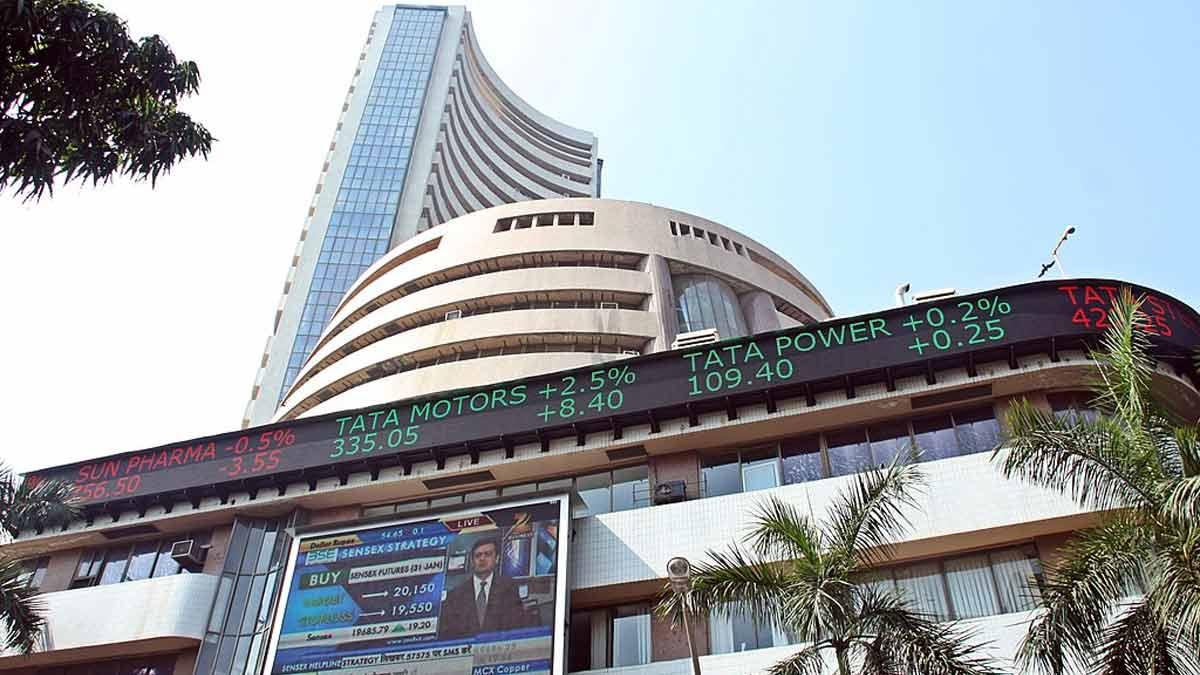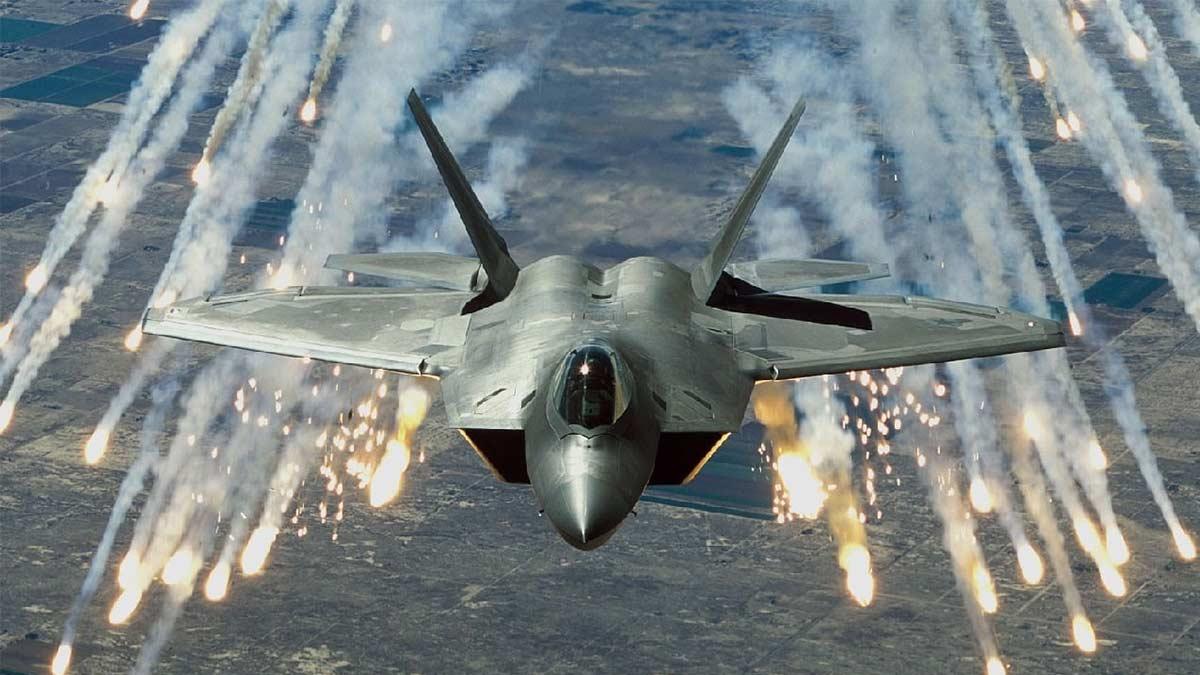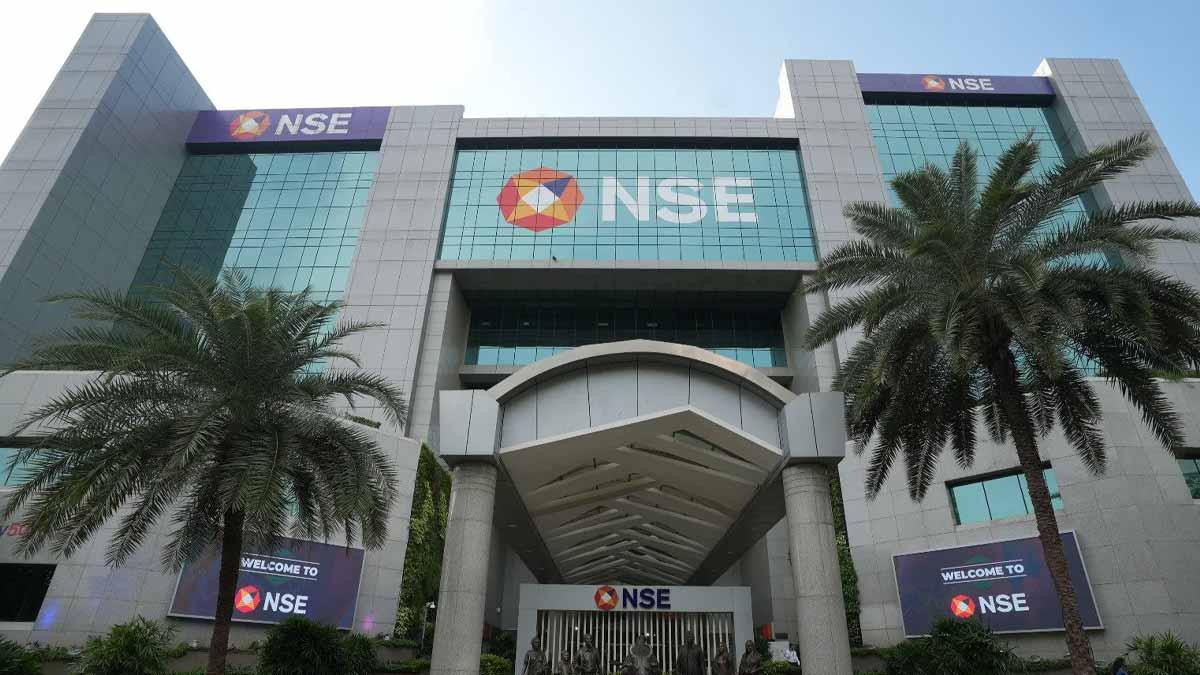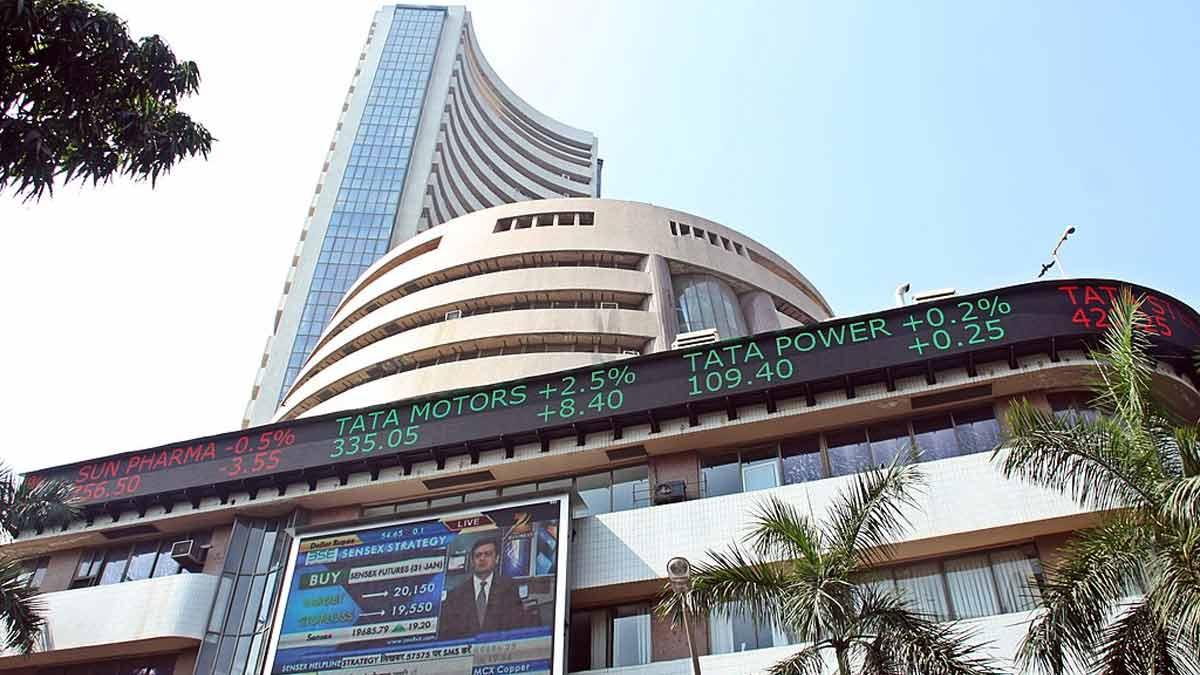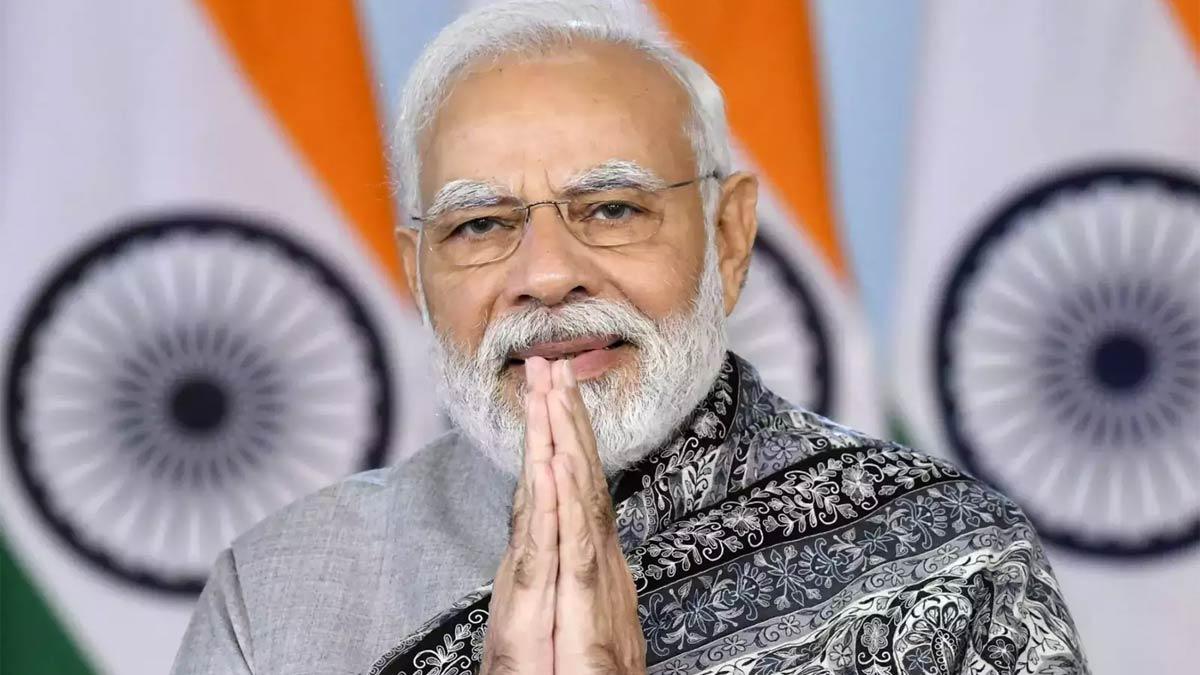Indian equity markets recovered from early falls on Wednesday after reports emerged of 'Operation Sindoor,' a pinpoint strike by India on nine terror targets in Pakistan and Pakistan-occupied Kashmir (PoK), which was carried out in retaliation against the recent Pahalgam attack in which 26 people were killed.
At 9:34 am, the Sensex had jumped 160 points to 80,800, as the Nifty rose by 56 points to trade at 24,435.35, bouncing back from its low point in the morning.
On the National Stock Exchange (NSE), eight out of twelve sectoral indices traded in the green, and the rest witnessed a fall. Nifty Media index witnessed the largest drop, while the best performer was Nifty PSU Bank.
Substantial winners on the Nifty were Tata Motors, Shriram Finance, Apollo Hospitals, Bajaj Finance, and Hindalco. Among the prominent losers were Asian Paints, Titan Company, TCS, Larsen & Toubro, and Tech Mahindra.
Market experts observed the strategic and measured approach of India's military intervention.
We need to wait and see how the enemy responds to this precision attacks by India. The market will not be affected by the retaliatory attack by India as that was already known and factored in by the market," said VK Vijayakumar, Chief Investment Strategist at Geojit Financial Services.
Analysts credit the stability in the market to sustained foreign institutional investor (FII) inflows. In the last 14 trading days, FIIs have injected a total of ₹43,940 crore into the cash segment of the market.
Global macroeconomic factors – a weakening dollar, slower growth in the US and China for 2025, and enthusiasm regarding India's growth prospects – are fueling this ongoing FII interest. Investors are cautioned by experts, however, to remain vigilant to changing tensions across the border.
One of the significant trends in recent times is the rotation of investor preference towards large-cap stocks, away from the hot mid- and small-cap space. FIIs continue to be heavily skewed towards largecaps, a trend that is likely to continue.
In the meantime, market volatility can continue to stay high as geopolitical uncertainties continue to drive short-term sentiment.
On the international side, US markets closed lower on Tuesday as the Federal Reserve convened its two-day policy meeting. Investors await signals on how President Trump's tariffs policies might influence the Fed's interest rate and overall economic approach decisions.
Read also| Trade deal with India will raise living standards, deepen ties, Says UK PM Keir Starmer

